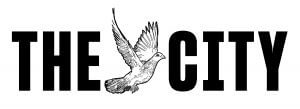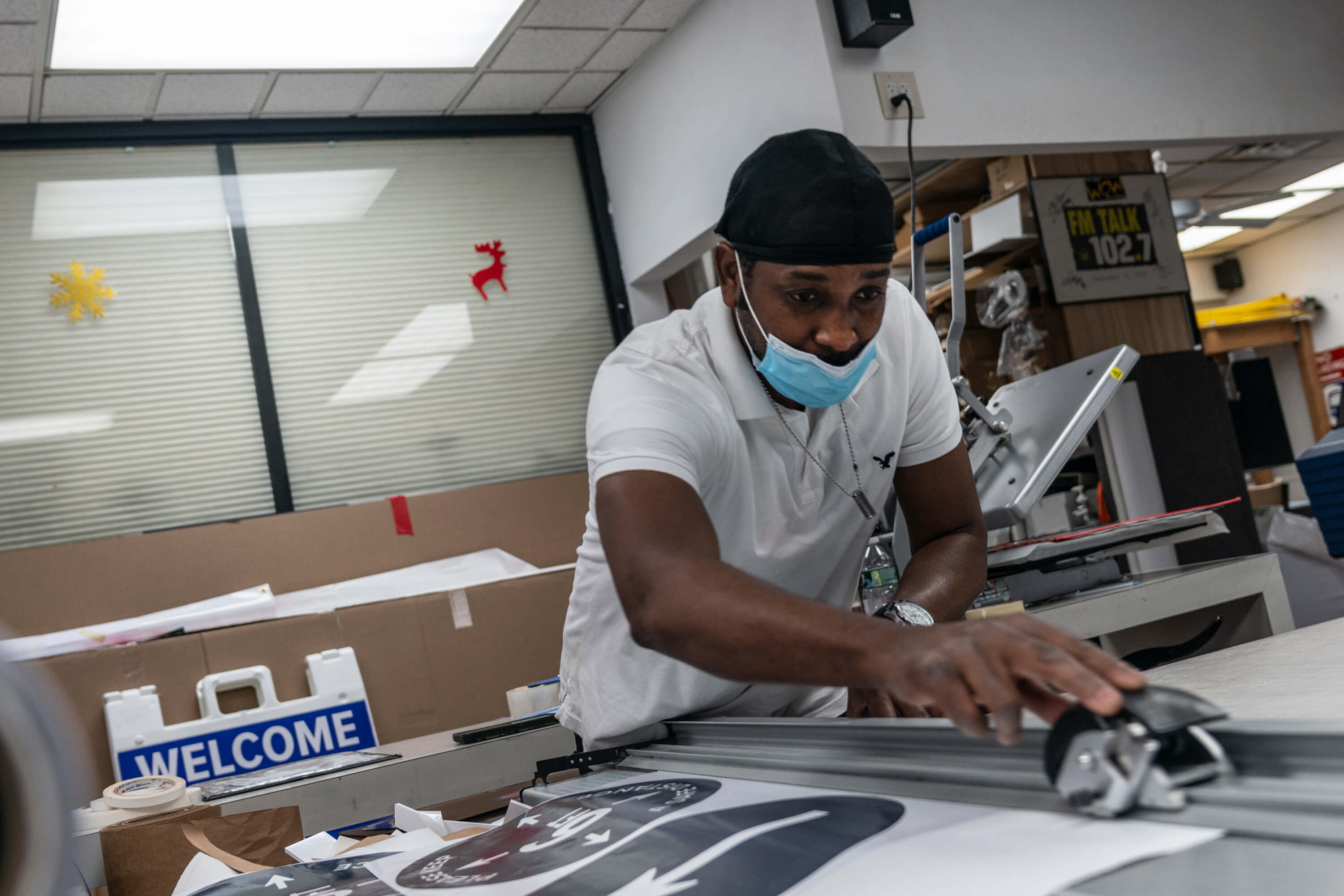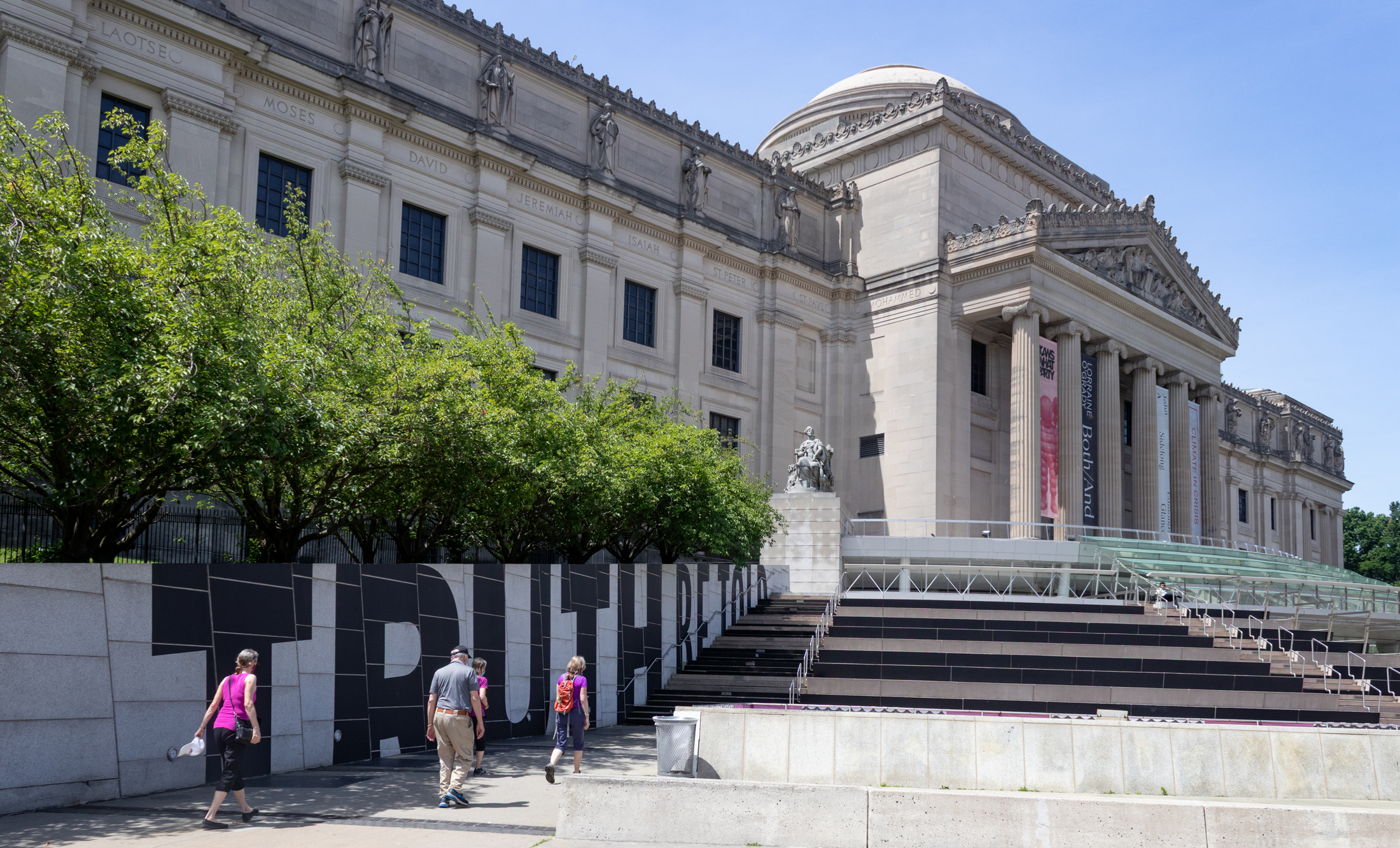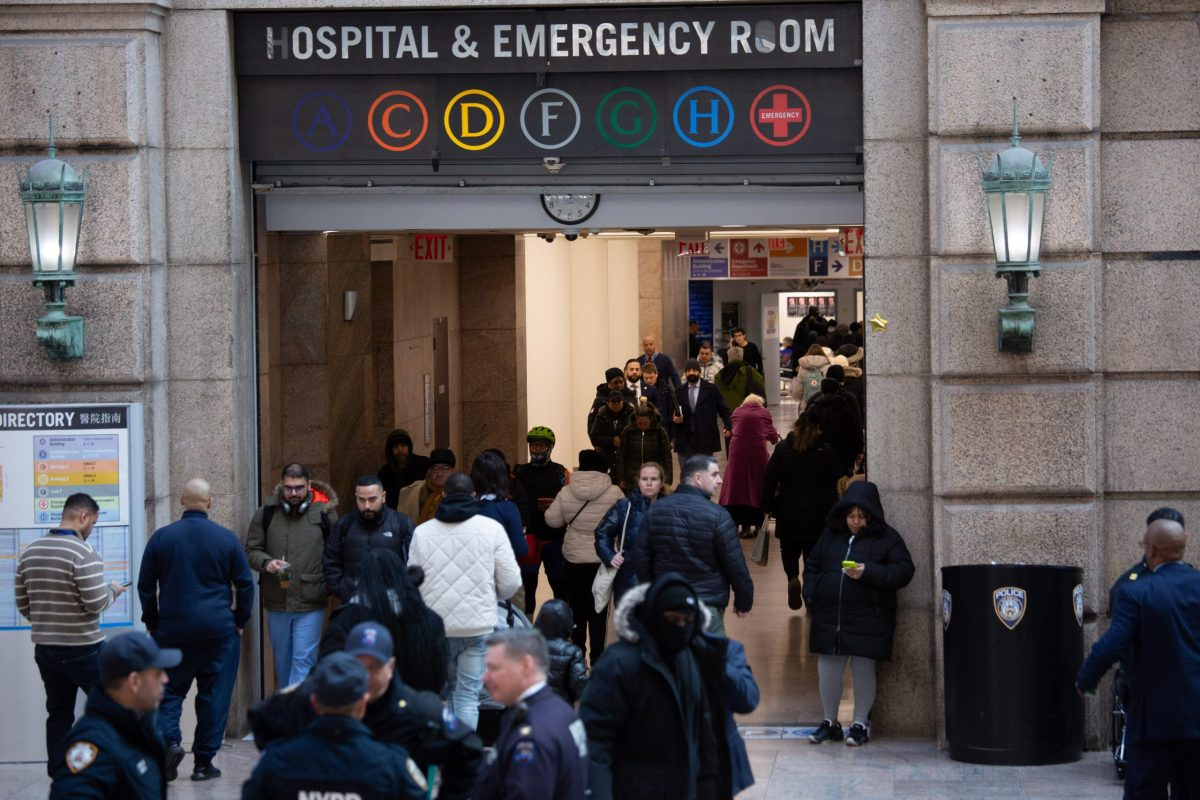A Slow Climb Back Begins as NYC Hits Likely Bottom on Job Losses
The city lost 20 percent of its jobs in three months, with low-wage workers hardest hit.

Red Hook Lobster Pound was open for takeout ahead of New York’s Phase 2 reopening, June 19, 2020. Photo by Ben Fractenberg/THE CITY

This story was originally published on June 21 by THE CITY. Sign up here to get the latest stories from THE CITY delivered to you each morning.
By Greg David, With Graphics by Anastassia Gliadkovskaya
The city lost 20% of its jobs in three months, with low-wage workers hardest hit. As Phase 2 of return begins, a full rebound is four years away, economists predict.
After three months of quarantine in his apartment in Bedford-Stuyvesant, Ernesto Sarmiento returned last week to his job as a bartender at Miti Miti on Fifth Avenue in Park Slope.
The 26-year-old from Venezuela and his two roommates had agreed to not work during the height of the pandemic, so he didn’t qualify for unemployment. But with the coronavirus crisis easing and the bills piling up, he’s back behind the bar.
“I missed my job and I missed earning money,” Sarmiento said on his first day back.
Sarmiento is among those once again employed as the city, which entered Phase 2 of its coronavirus comeback Monday, tries to rebound from its swiftest economic plunge in history.
In just three months, New York City lost 20% of its jobs, according to figures released last week by the New York State Labor Department. The decline of 938,000 wipes out virtually all the gains of the 10-year economic boom that began in late 2009.
And despite Mayor Bill de Blasio and Gov. Andrew Cuomo’s optimistic predictions about how many New Yorkers will be returning to work, the city faces a long and difficult recovery. Many are expected to remain jobless, with a full rebound estimated to take at least four years.
The brunt of the pain is expected to be concentrated among low-wage workers and neighborhood small businesses.
“You can’t think about the current economy as just a very bad recession,” said James Parrott, an economist at the New School’s Center For New York City. “This is undoing all of the economic progress these communities have seen in the past decade.”
Worst Since The Depression
New York City hasn’t experienced an economic disaster like the pandemic crash since the Great Depression. The worst recession in post-war history cost 620,000 jobs and lasted from 1969 to 1977. By comparison, the Great Recession was mild and short, with 130,000 jobs lost over two years in 2008 and 2009.
The city’s leisure and hospitality field tops the list of current hardest-hit sectors, with 318,000 jobs axed, or almost three in four.
But two other areas — trade and transportation and professional and business services — also saw more than 100,000 positions eliminated.
Even higher education was affected: 43,000 jobs were lost when private schools ended in-person teaching. Three-quarters of jobs also have been eliminated in arts and entertainment and clothing stores.
In addition, Parrott believes that another 400,000 independent contractors at companies like Uber or who work as freelancers in the film and TV industry have seen their assignments dry up.
The city’s unemployment rate soared to 18.3% from just over 4% in February. Like in the rest of the nation, people of color have suffered the most, with unemployment rates for Asians, Hispanics and African-Americans all climbing past 20% while the white jobless rate barely exceeds 10%.
The youngest workers have lost the most jobs, as is typical in a downturn.
But unlike in the rest of the country, women are doing better than men, with a slightly lower unemployment rate.
Meanwhile, one in four foreign-born workers are now without jobs, official statistics show. A new report by the Center for Center for an Urban Future estimates that half of immigrant workers have lost their jobs due to the pandemic at a time when those who are undocumented do not qualify for unemployment insurance and many other benefits.
Getting Back to Work
Some businesses, though, have found ways to get back to almost pre-pandemic levels of employment.
Geri Sciortino shut down Bronx Design, her family-owned business on Westchester Avenue in Pelham Bay, on March 13 because she simply didn’t have any customers.
The printing company’s main business had been providing materials for events. Gatherings were being cancelled even before the state ordered all non-essential businesses to close.

The next two months were nerve wracking. Her longtime bank J.P. Morgan Chase rejected her efforts to get a federal Paycheck Protection Program loan to pay the bills. It wasn’t clear whether her employees would return, since they could receive more on unemployment than their regular pay. Even if she recalled them, she didn’t know work could they do.
But in May she finally got a PPP loan from a different lender and called her seven workers back so that most of the loan would be forgiven under the program rules. “We started designing, printing and installing social distancing signs,” Sciortino said.
Others have kept the doors open, but with much smaller staffs than before.
Susan Povich has built a mini-food empire centered on the Red Hook Lobster Pound but including a food hall in Midtown, a beach concession at Jacob Riis Park and a food truck. At the peak of her busy summer season, she employs as many as 90 people.
With the shutdown, she kept only the Lobster Pound open with seven people, mostly managers.
“Business has been surprisingly good,” she said, “and we’ve able to hire back about 22 people.”
City’s Next Phase
Two weeks ago, New York began Phase 1, which allowed the resumption of construction, manufacturing, wholesale trade and curbside retail.
Many construction workers were recalled, but reconfigured manufacturing spaces meant only about a half of those workers got back to work. Many retailers did not open and business was disappointing for those that did.
Phase 2 allows most stores to reopen, personal services like hair salons to get back to business and restaurants to provide outdoor dining — a move de Blasio declared will save 5,000 eateries from bankruptcy.
The details suggest that’s far from certain.
Sarmientio’s boss, George Constantinou, says he is optimistic about his current plan to put four or five tables outside the three restaurants he operates on Brooklyn’s Fifth Avenue and bring back some servers and bartenders. Still, he’ll need less than half the 130 people who were on his payroll pre-pandemic.
Povich is pessimistic since she depends on May to September for 80% of her revenues. She doesn’t know when she can reopen in Midtown and hasn’t heard whether her park concession will be allowed.
Even when inside dining returns in Phase 3, possibly in July, she doesn’t believe the allowed 50% capacity will be economically feasible.
“I have no desire to build partitions between tables,” she said. “I think 75% capacity might work.”
Constantinou believes he can operate at 50% capacity only if he wins reductions in his rent and insurance payments.
The successful return of restaurants is tied to the fate of the crucial tourism sector, whose outlook remains bleak and will be a fraction of the 60 million-plus visitors that have been coming to New York annually.
Hotel occupancy is less than 50% and many of those rooms are occupied by homeless people.
In recent weeks, performing arts groups have cancelled fall performances. The New York Philharmonic laid off 98 people last week, according to a notice filed with the state Labor Department.
No one expects Broadway, a key attraction for tourists, who buy two-thirds of all tickets, to resume before January at the earliest.
Tough Times Ahead
Meanwhile, other companies are cutting back because they expect a long recovery.
Layoffs in the media have been well publicized. But professional service firms are shedding positions, and long-term trends like the leakage of finance jobs are continuing, with the Wall Street firm Cantor Fitzgerald last week revealing it is moving its operations unit out of the city.
De Blasio and Cuomo claimed as many as 400,000 people would return to work in Phase 1, and the mayor trumpeted that Phase 2 would save 45,000 restaurant jobs alone.
Economists are skeptical. The Independent Budget Office in May projected it will take until 2024 for the city to reclaim the jobs lost. With new and alarming data coming in, the IBO is working on an update that will come months before it would normally issue a revision.
“Our city is just beginning to reopen and with the (recent) data, we know we have a long road ahead to get New Yorkers and our economy back on track,” said City Comptroller Scott Stringer. “It’s clear there’s a lot of work to do. We need serious federal help to get vulnerable communities the support they need for our city to thrive.”
Business people are keeping their fingers crossed. “Business is good,” said a relieved Sciortino of Bronx Design. “Let’s hope it keeps up.”
THE CITY is an independent, nonprofit news outlet dedicated to hard-hitting reporting that serves the people of New York.
Related Stories
- Brooklynites Peacefully Protest All Over the Borough on Juneteenth (Photos)
- Neighbors Put on Socially Distanced Graduation in Boerum Hill
- Apartment Owners Say Rent Help to Prevent ‘Total Economic Collapse’ Is Not Enough
Sign up for amNY’s COVID-19 newsletter to stay up to date on the latest coronavirus news throughout New York City. Email tips@brownstoner.com with further comments, questions or tips. Follow Brownstoner on Twitter and Instagram, and like us on Facebook.









What's Your Take? Leave a Comment